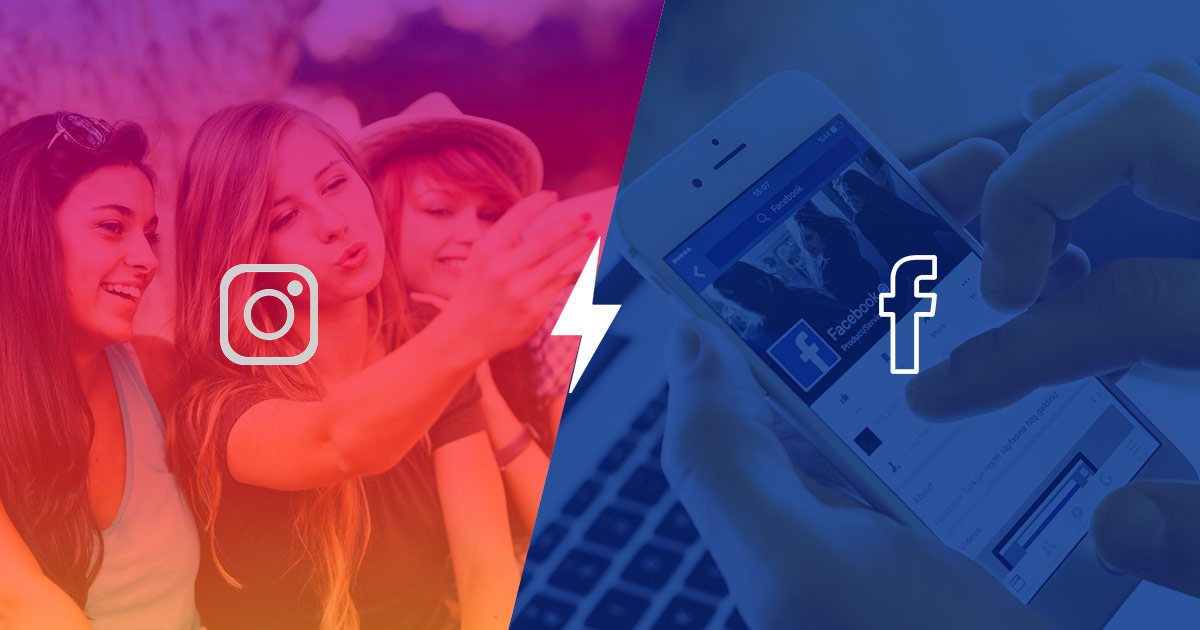Google, Facebook or Instagram Which one is best for my business?
Although the three platforms are often positioned as competitors, nothing could be further from the truth in a practical sense. Many businesses are leveraging the strengths of advertising on Google, Facebook or Instagram Ads in concert to achieve maximum visibility, increase leads and sales, and find new customers, adopting different strategies that align with the functionality of each platform and seeing the remarkable return on their advertising spend.
In this guide, we’ll examine what sets Google, Facebook or Instagram Ads apart, how the three ad platforms work, and why you should consider using both as part of your wider digital marketing strategy.
What Are The Differences Between Google, Facebook, and Instagram?
Before we look at the various strengths and features of Google, Facebook, and Instagram ads, it’s crucial to understand the primary difference between the two ad platforms.
Google AdWords: Paid Search
Google AdWords is the world’s largest and most popular PPC advertising platform. AdWords is so widely used, it has become synonymous with the term “paid search.” The two terms are used interchangeably, even though other platforms such as Bing Ads work in a similar way.
Google, Facebook or Instagram concept illustration
Google AdWords User Interface
Paid search focuses on the targeting of keywords and the use of text-based advertisements. Advertisers using AdWords bid on keywords – specific words and phrases included in search queries entered by Google users – in the hopes that their ads will be displayed alongside search results for these queries. Each time a user clicks on an ad, the advertiser is charged a certain amount of money, hence the name “pay-per-click advertising.” PPC bidding and bid optimization is a complex topic, and beyond the scope of this guide, but essentially, users are paying for the potential to find new customers based on the keywords and search terms they enter into Google.
Facebook Ads: Paid Social
Facebook Ads is a prime example of what is known as “paid social,” or the practice of advertising on social networks. With the highest number of monthly active users of any social network in the world, Facebook has become a highly competitive and potentially lucrative element of many business’ digital advertising strategies.
Google, Facebook or Instagram Ads concept
Key Facebook ad types
Although advertising on Facebook can be thought of as similar to AdWords, in that advertisers using both platforms are essentially promoting their business via the Internet, this is where the similarities end. Unlike paid search, which helps businesses find new customers via keywords, paid social helps users find businesses based on the things they’re interested in and the ways in which they behave online.
When it comes to the primary difference between Google, Facebook or Instagram Ads, you can think of it this way: AdWords helps you find new customers, while Facebook helps new customers find you.
Now that we’ve covered the elementary difference between Google AdWords, Facebook Ads or Instagram ads(or paid search and paid social), let’s examine the strengths of each platform and how these online marketing tools can be leveraged effectively.
Instagram has 800 million monthly active users. This huge number of worldwide users makes Instagram a good bet for business and brand promotion.
Instagram also has stronger organic reach, a quality the network is intentional about preserving with newer features like the ability to follow hashtags and a “Suggestions for You” section, which shows posts that your friends have liked.
